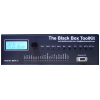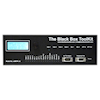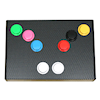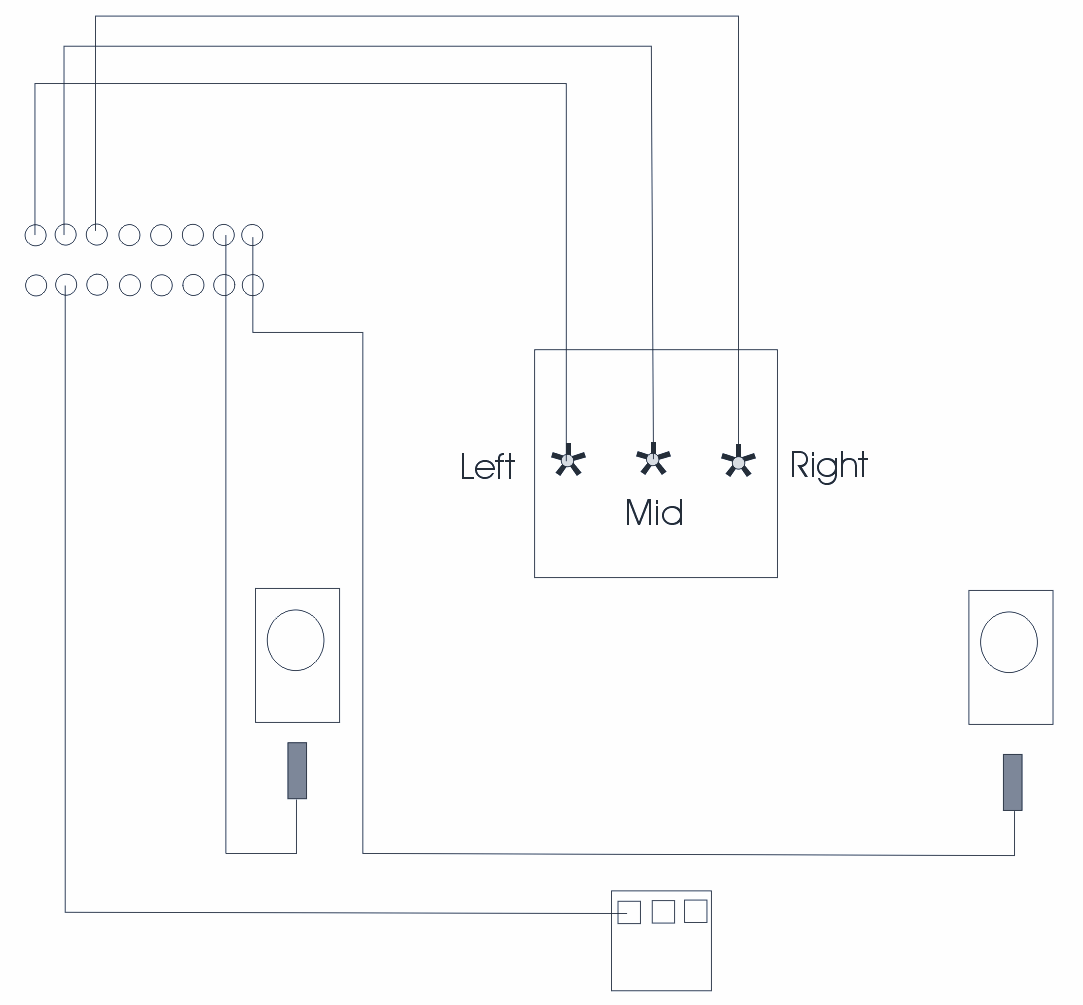Background
At the Black Box ToolKit we specialize in helping you achieve millisecond accurate presentation, synchronization, and response timing in your computer-based psychology experiments. Here are just a few of the things that can stop you doing just that!- TFT Input lag
- TFT response time
- Image intensity
- Sound card latency
- Response devices
- Voice keys
- 3rd party equipment
- OS issues
- Software settings
- Conditional biases
- The laws of physics




Need more help?
If you are unsure of how our products could work for you take a look at our What, Why and How pages. Answers to common application questions can be found in the FAQ section.If you have an application in mind but aren't sure, feel free to get in touch via email. Alternatively contact us by mail, phone or fax. We are here to help!
Conditional biases and unaccounted for interactions in psychology experiments
 Unbeknown to you systematic
conditional biases in your computer-based psychology experiment
could account for your whole experimental effect. An unintended
consequence of unknown biases is the classic
file drawer problem in psychological research.
Unbeknown to you systematic
conditional biases in your computer-based psychology experiment
could account for your whole experimental effect. An unintended
consequence of unknown biases is the classic
file drawer problem in psychological research.Replication lies at the heart of good science and the scientific method. Repeatability is key. If you think you are holding all other variables constant but later find out many more variables were at play where does that leave your findings and your reputation?
One classic example from our own testing was in a cross modal priming study where it was discovered that on trials where a visual stimulus was presented alongside audio there was a systematic discrepancy in measured reaction time. This error was due to the fact that the software running the experiment could not reliably process the onset of a reaction time while a sound was playing. Without independently checking with a Black Box ToolKit v3 the researcher would have assumed that the experimental effect was real as might you in your own study.
In the case of the cross model priming study the equipment was setup as shown below (Apple Mac). Three Black Box ToolKit v3 opto-detectors monitored for any one of three stars appearing on screen, two digital microphones checked for a sound presentation and an Active Switch Closure was wired into the studies regular response box. When a visual stimulus appeared a response was generated after 300 milliseconds. As can be seen from the summary results there was a clear systematic conditional bias!

Schematic of how the studies
timing was validated using a Black Box ToolKit 2.
| Measure | Expected RT (mS) | Observed Mean RT (mS) |
| Star duration | 200 | 196.46 |
| Tone duration | 200 | 210.66 |
| Tone synchrony to star: | 0 | 6.38 |
| 50 | 56.88 | |
| 100 | 106.62 | |
| Reaction Time (no tone) | 300 | 304.58 |
| Reaction Time (tone present) | 300 | 321.78 |
Summary results from Plant,
Hammond & Turner (2004),
"Self-validating presentation and response timing in cognitive paradigms: how and why?"
"Self-validating presentation and response timing in cognitive paradigms: how and why?"
References
Self-validating presentation and response timing in cognitive paradigms: how and why?, Richard R Plant, Nick Hammond, Garry Turner. Behavior research methods, instruments, & computers : a journal of the Psychonomic Society, Inc. 06/2004; 36(2):291-303.
PsychFileDrawer.org: Archive of Replication Attempts in Experimental Psychology
